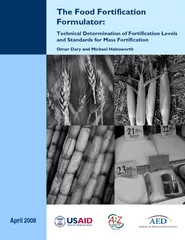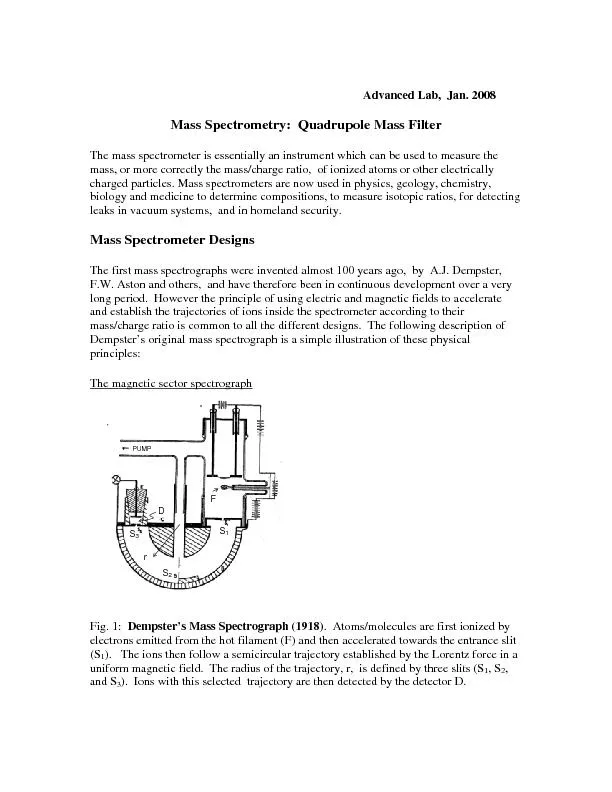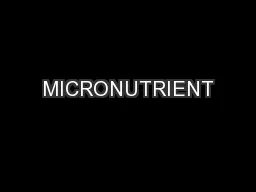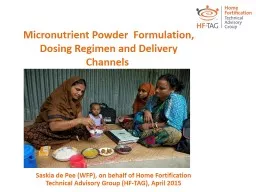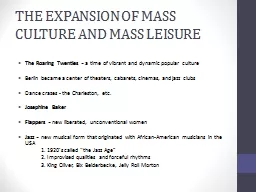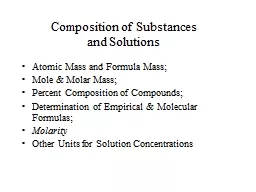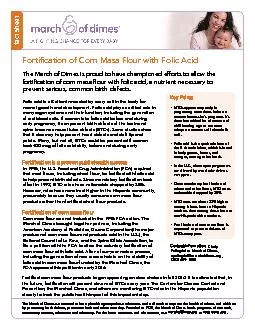PDF-The FoodFortification and Standards for Mass Fortification
Author : min-jolicoeur | Published Date : 2015-07-23
April 2008 is made possible by the generous support of the American terms of Cooperative Agreement No GHSs and the Academy for Educatnecessarily reflect the views
Presentation Embed Code
Download Presentation
Download Presentation The PPT/PDF document "The FoodFortification and Standards for ..." is the property of its rightful owner. Permission is granted to download and print the materials on this website for personal, non-commercial use only, and to display it on your personal computer provided you do not modify the materials and that you retain all copyright notices contained in the materials. By downloading content from our website, you accept the terms of this agreement.
The FoodFortification and Standards for Mass Fortification: Transcript
Download Rules Of Document
"The FoodFortification and Standards for Mass Fortification"The content belongs to its owner. You may download and print it for personal use, without modification, and keep all copyright notices. By downloading, you agree to these terms.
Related Documents

